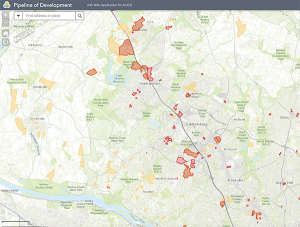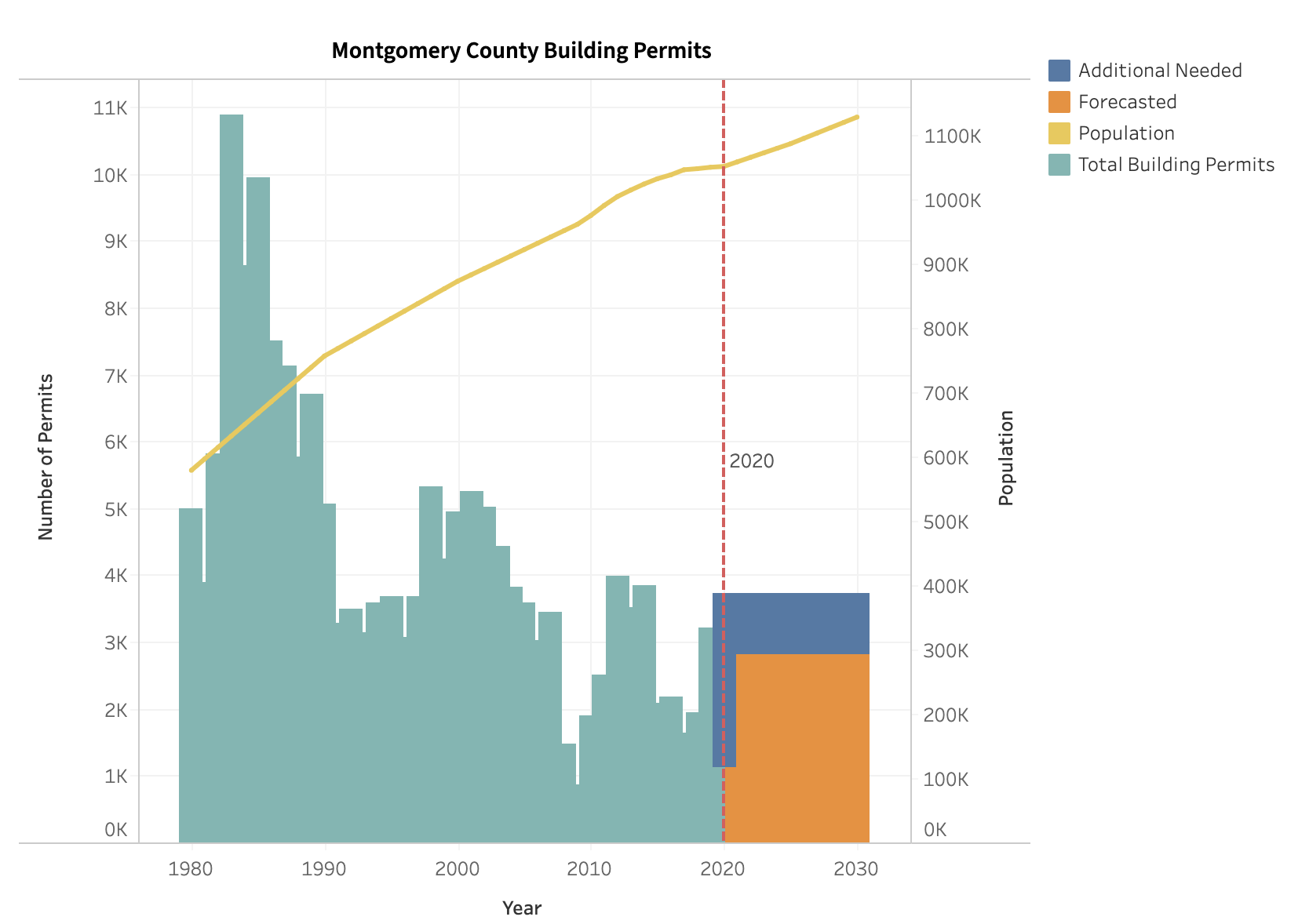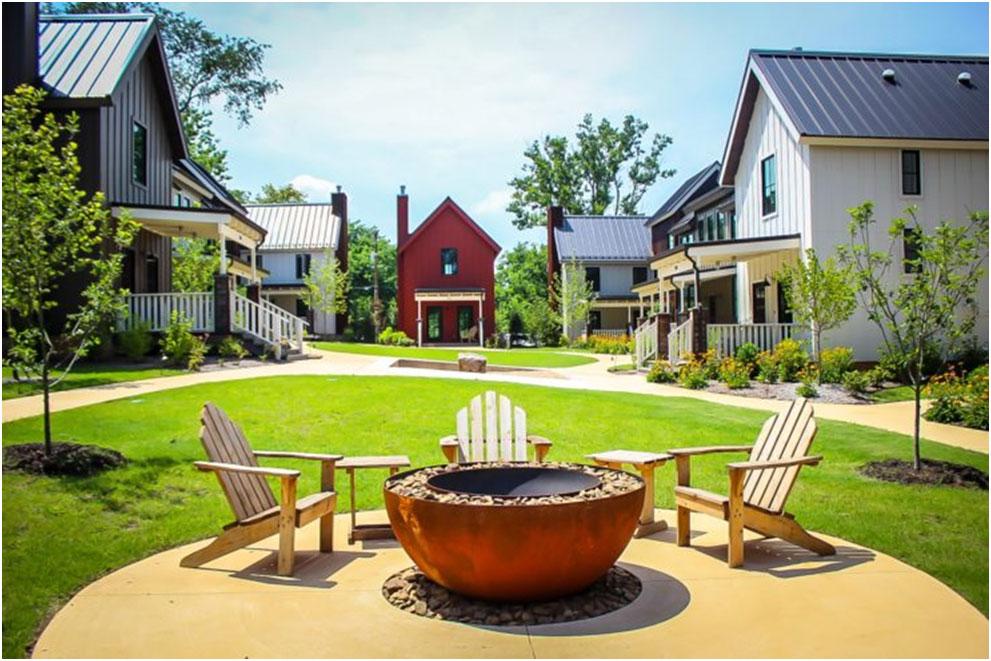
People are often nervous about large redevelopment plans in their neighborhoods. This wariness is understandable because there is a long history of redevelopment and exclusionary practices directly and indirectly displacing people—often people of color.1
As Montgomery Planning continues to work with the community reenvisioning some of its mature neighborhoods like eastern Silver Spring and corridors like University Boulevard a retrospective look at some recent notable redevelopments could address some of these concerns and provide lessons for current and future plans. This analysis highlights two key facts about redevelopment plans in Montgomery County.
Some of the county’s most notable redevelopment efforts have produced equitable and inclusive growth. In neighborhoods and corridors where evolution is stalled, the alternative to redevelopment is … Continue reading



